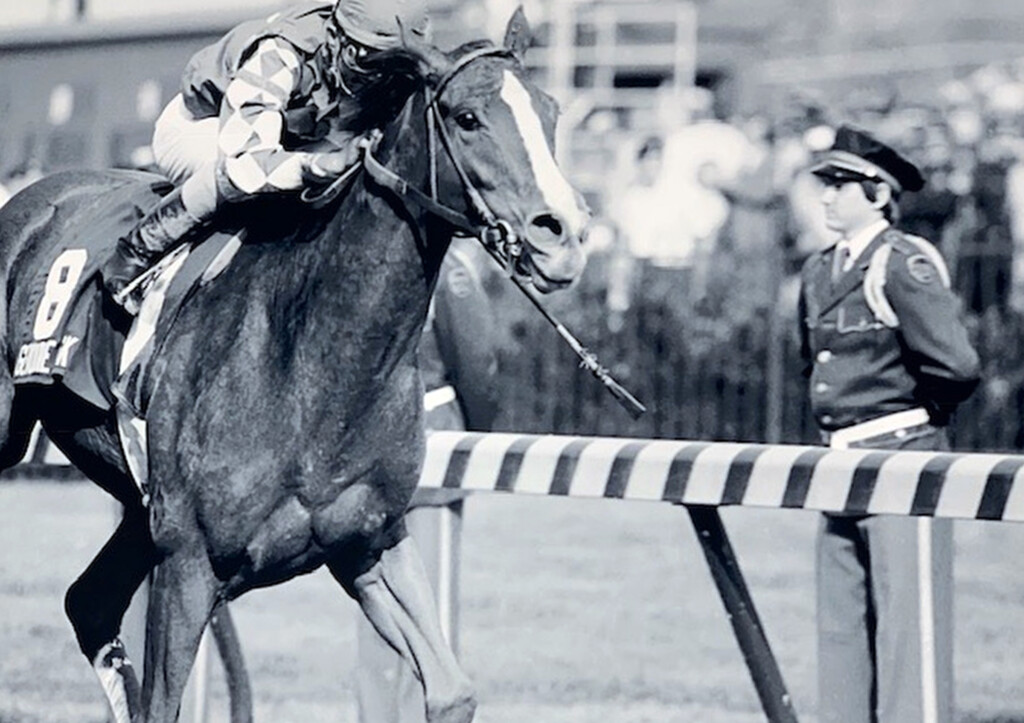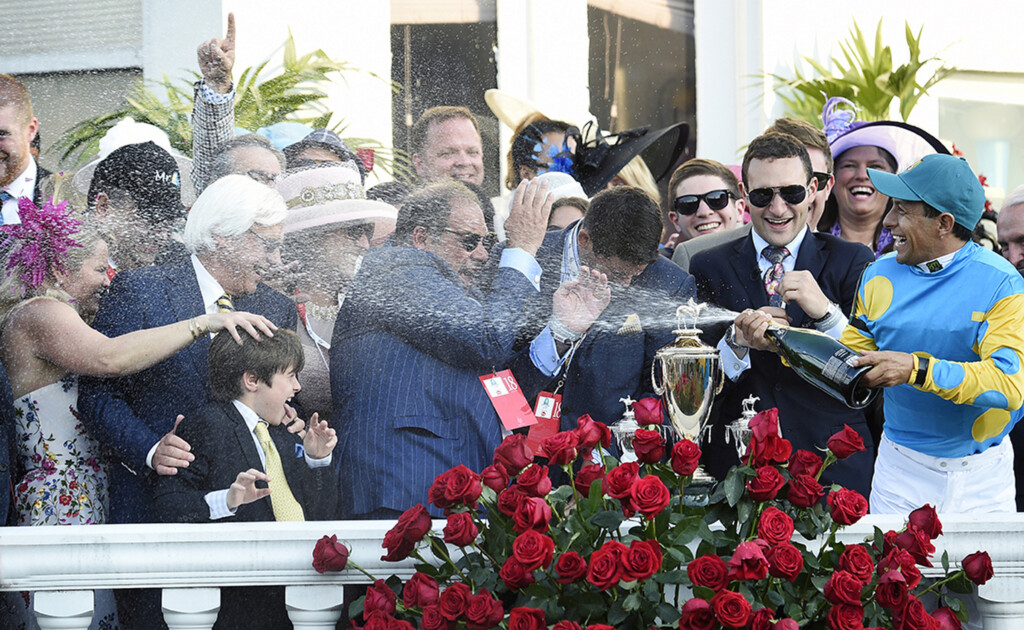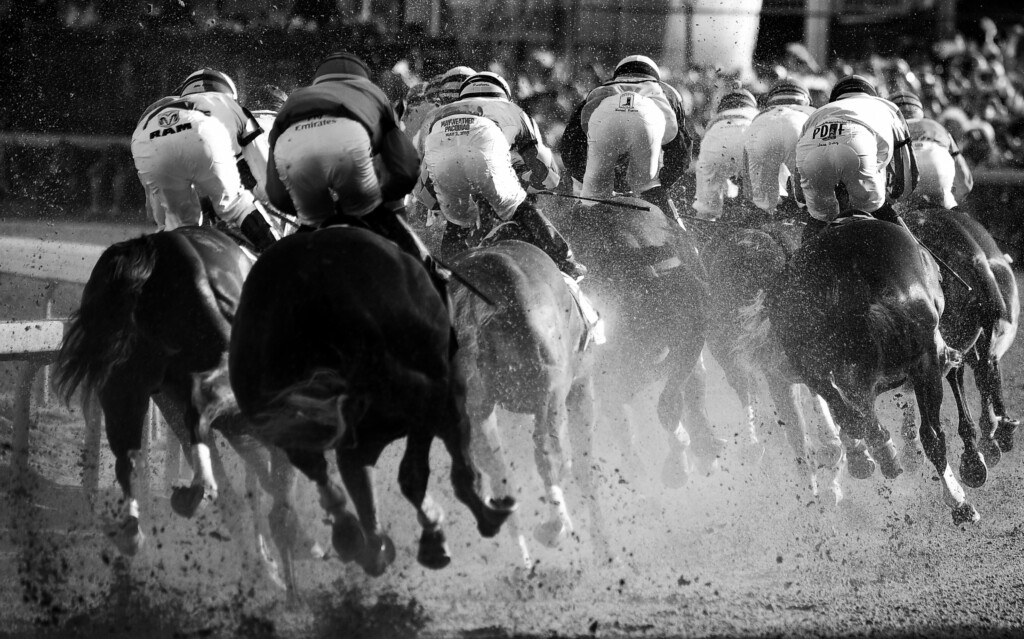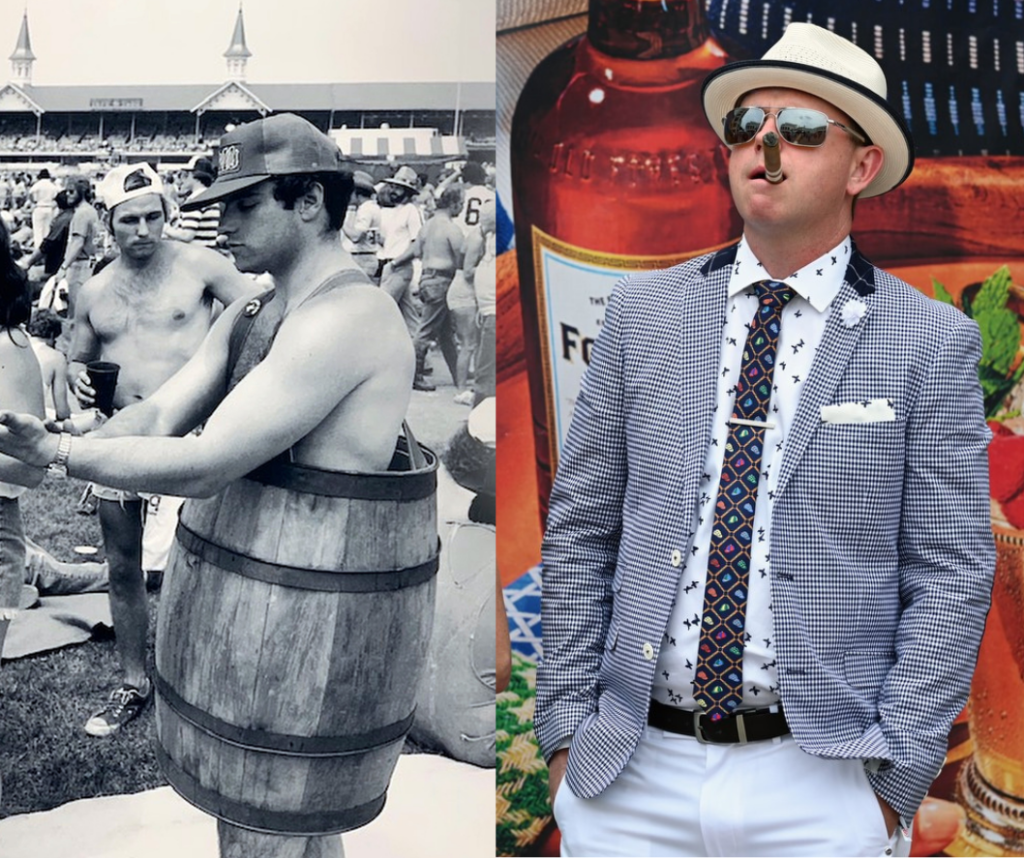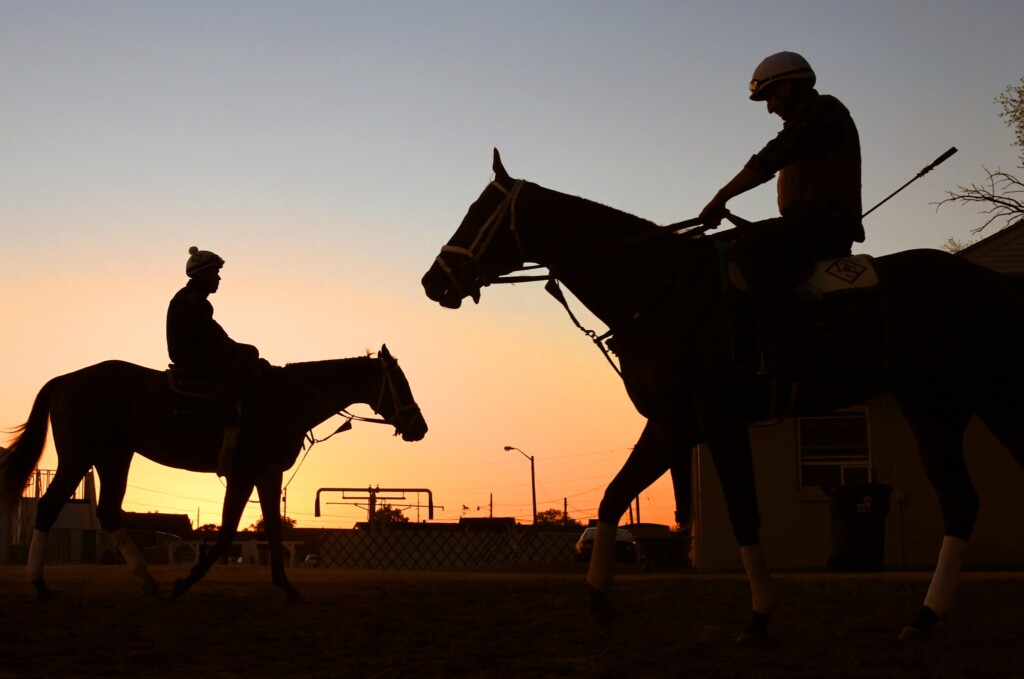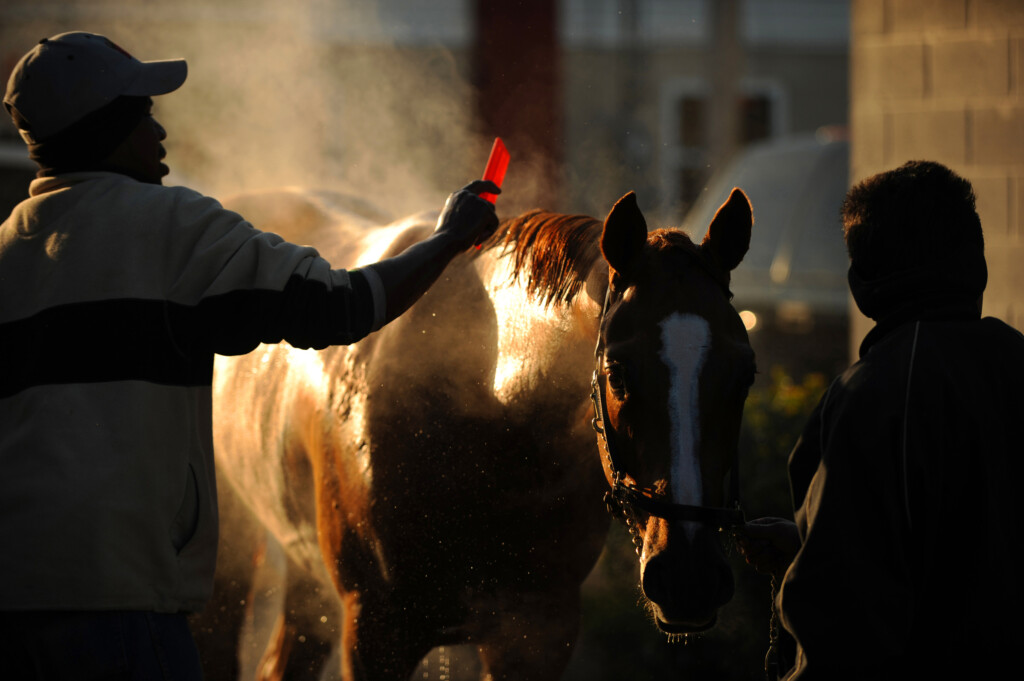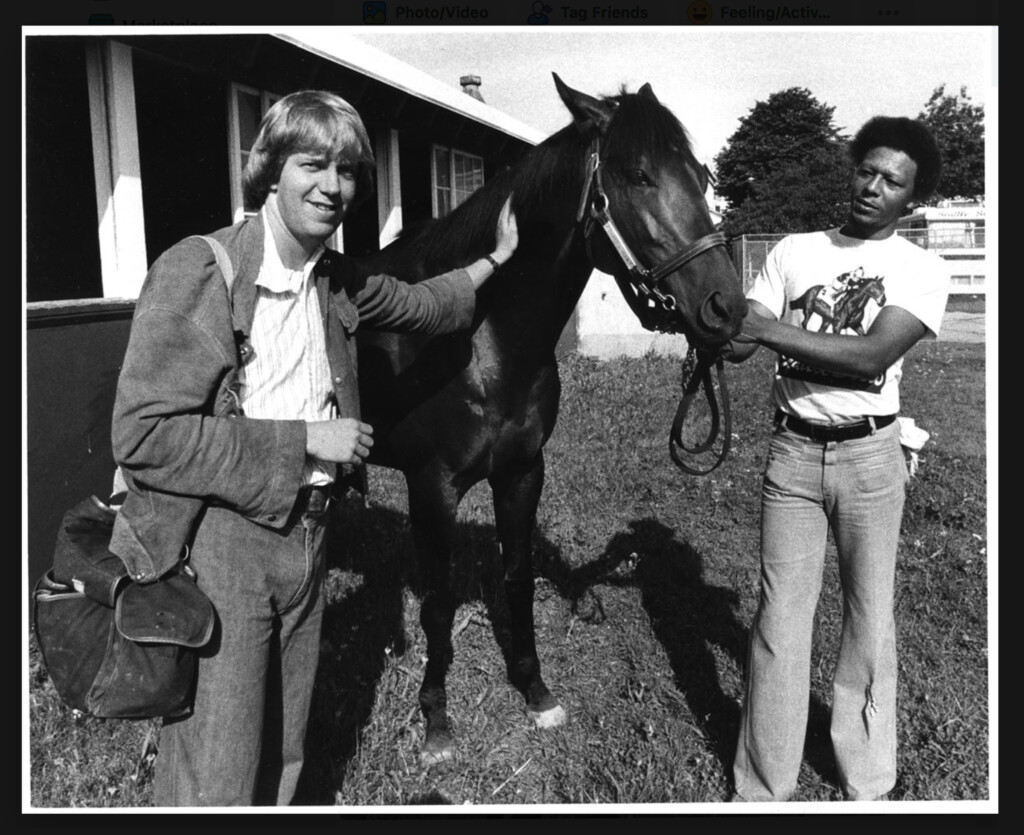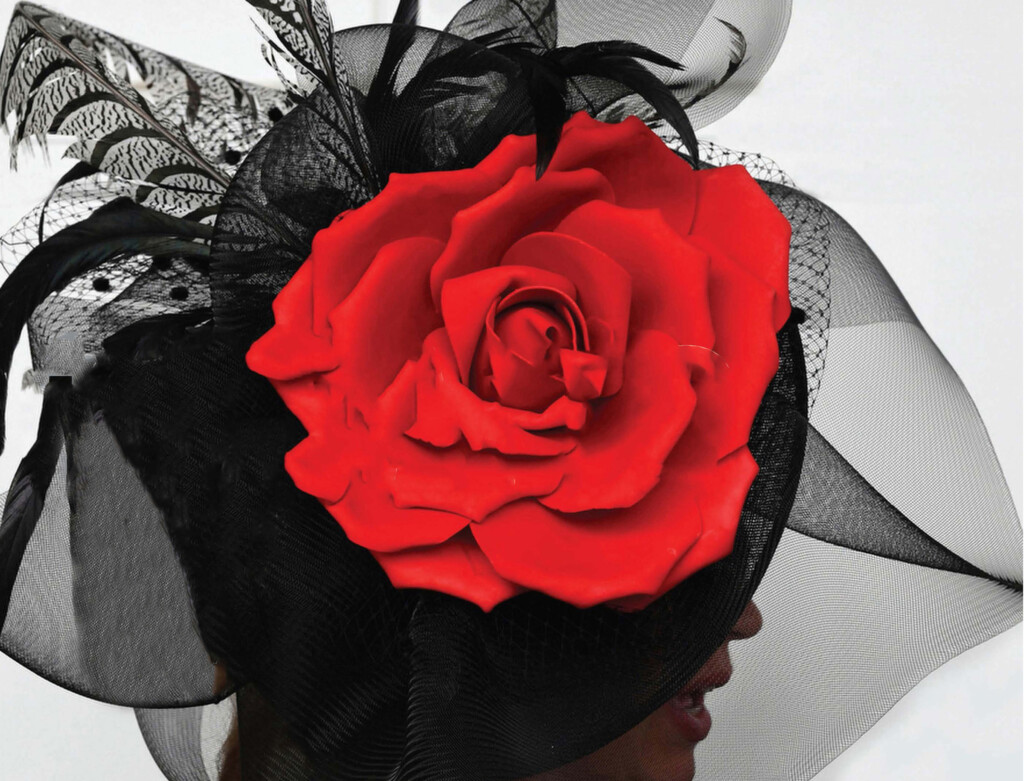Few sporting events rival the Kentucky Derby’s blend of tradition, historical significance and sheer spectacle. For Dan Dry, PriceWeber’s Director of Content Creation and a seasoned photographer with 45 years of experience photographing “The Greatest Two Minutes in Sports,” the Derby is more than just a horse race – it’s a canvas where stories are woven, emotions are captured and moments are frozen in time.
As the 150th Kentucky Derby approaches on May 4, 2024, Louisville is buzzing with excitement and anticipation, and Dry, prepping to embark on his 46th year photographing the event, readies himself to capture yet another chapter of the Kentucky Derby’s storied legacy.
His Call to the Post
Dry’s journey behind the lens at the Kentucky Derby began when he was finishing his studies at Ohio University in 1976 and landed a position as a maternity leave replacement photographer for the Courier-Journal once he graduated. Before officially starting his role as Director of Photography for the newspaper, Tom Hardin invited Dry to visit Churchill Downs and photograph the 1976 Kentucky Derby. “I was so nervous – I got to the backside of Churchill Downs at 2 a.m. and stayed until 9 p.m.,” said Dry. “Working with their team was a truly unforgettable experience.” Little did he know that his journey photographing the Kentucky Derby was just beginning.
Taking the Reins
Dry begins his annual Kentucky Derby photography venture nearly two weeks before the event. Every morning at dawn, he captures the horse workouts and excitement at the Twin Spires leading up to the Derby. Dry has one vision for his photographs within those two weeks – to tell stories.
“I’m not chasing the shot of the winning horse crossing the finish line,” said Dry. “I aim to capture images that, when shared by Churchill Downs on their platforms, viewers say to themselves, ‘Oh my gosh, so this is what the Derby is about. I’d love to go to that.’ If I can accomplish that, then I know I’ve succeeded.”
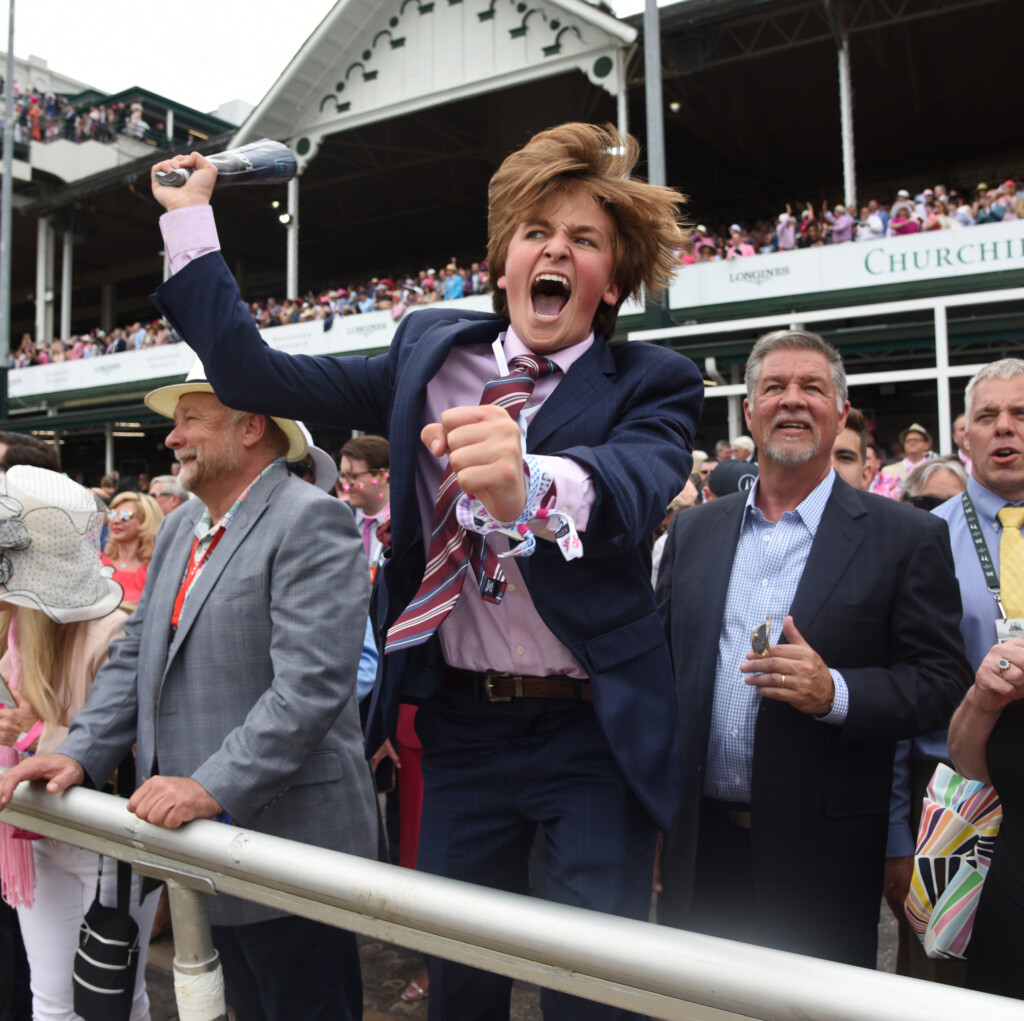
Dry says that capturing the Kentucky Derby is genuinely about capturing the reactions and emotions of the day, which is his favorite type of photograph. Although he’s had his fair share of muddy Derbies, Dry’s ideal weather forecast is “heavy overcast to avoid harsh shadows on the jockeys and horses and so that you can see under the beautiful hats and everyone’s smiling faces.”
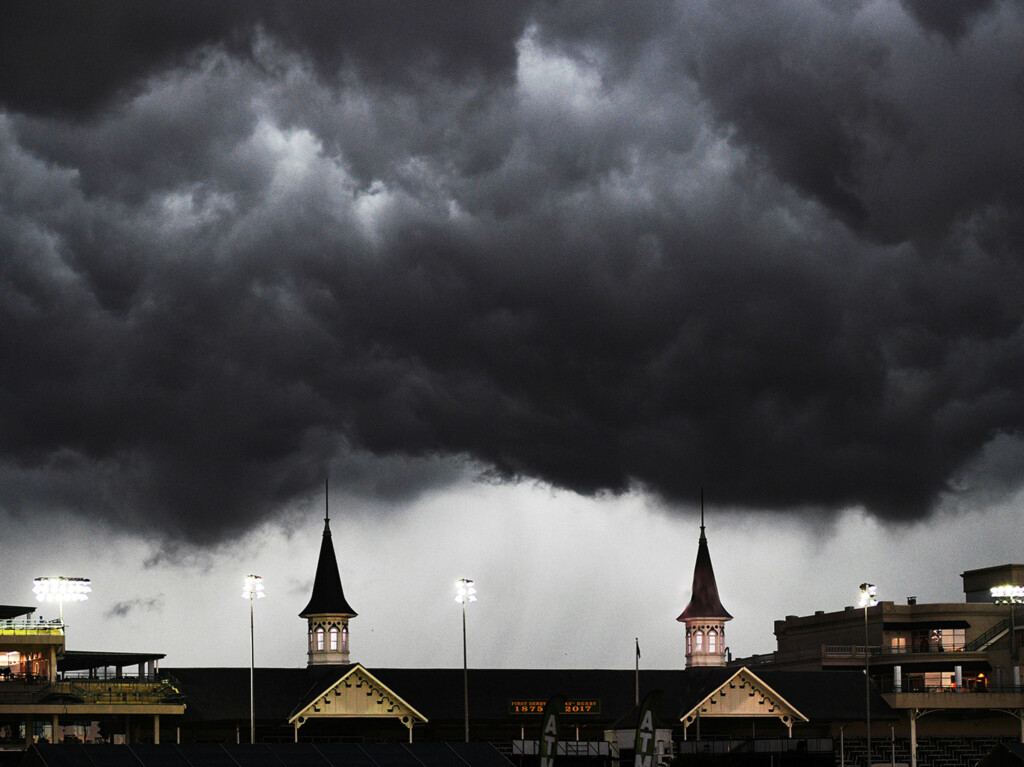
The Pace Quickens
Since 1976, Dry has witnessed the evolution of the Kentucky Derby and Churchill Downs. “When I started photographing at Churchill Downs, it was that original grandstand and the infield – and that was pretty much it. They’ve truly made Churchill Downs a luxury tourism destination – it has grown immensely, including restaurants and more seating options for every level of guest.”
Dry remarks that the most significant change in his 45 years of photographing the Derby is the change from film to digital photography. “Now, it’s instantaneous – whether with your camera or phone. Back in the film days when I was working for the Courier-Journal, they would have a messenger pick up the film from Churchill Downs on a motorcycle and take it back to process the film. Later in my career, when I worked with a lab, they would be open into the night during Derby and process all my color film. I would edit the film all day Sunday and deliver it Monday morning. Today, there will be a photo online seconds after the race because of digital photography.”
As a Nikon user for more than 50 years, Dry has witnessed several technological advancements. “I was privileged enough to test one of the first digital cameras that Nikon ever made, and I tested it at Churchill Downs more than 25 years ago.”
As far as his outlook on photographing the Kentucky Derby for 45 years, nothing has changed. “I have always wanted to tell stories and create strong images. A lot of the content I photograph at the Derby won’t be used for 10 months for their campaigns for next year’s event. So, I must have content that’s very visually appealing and not dated.”
Down the Home Stretch
Photographing the Run for the Roses for 45 years and continuing to make new and unique content has its challenges, so Dry looks to different ways to capture the event each year.
“There are many things I look for, such as updates that Churchill Downs has made to the grounds, changes in fashion trends and more.” For example, one iconic section of Churchill Downs is the coveted infield. The photos below, shot by Dry, show how one section of the track has changed over the years. “When you contrast a man wearing a barrel in 1977 with folks who go to the infield now, you can really see the level of sophistication that has changed. The infield isn’t as rowdy – it’s a wonderful option for Derby guests.”
Although the Derby horses may change annually, Dry is always there, ready to photograph the new contenders. “One of my favorite things to photograph is the horses working out at dawn on the backside of the track,” continued Dry. The horses, their care team, jockeys and owners change every year, and it’s great to capture the new talent.”
While he recognizes there will always be changes to the event, Dry says a lot also stays the same. “There’s so much going and so much excitement. The Derby has certainly changed in the 46 years I’ve done this. It’s gotten more corporate and bigger. However, everyone who’s there is still excited to be there. The energy is always electric – it’s contagious. I won’t say it’s easy, but it’s a great challenge. My photojournalist professor from college said, ‘Great photographs are made when luck meets anticipation,’ and that’s one of the ways I keep it new and interesting.”
Beyond the Finish Line
Out of all his years photographing the Derby, Dry has standout moments that still sit with him to this day. Dry’s second year photographing the Kentucky Derby was one of his most memorable that helped launch his career. “At the 1977 Kentucky Derby, I walked over with Seattle Slew from the backside with John Polston, a security guard and Mickey Taylor. Today, the walkover is huge; it’s televised, and a few thousand people walk with the horses. In 1977, I was literally the only media person on that walkover. That horse went on to win the Derby and the Triple Crown, and I was able to follow him to the Belmont Stakes.”
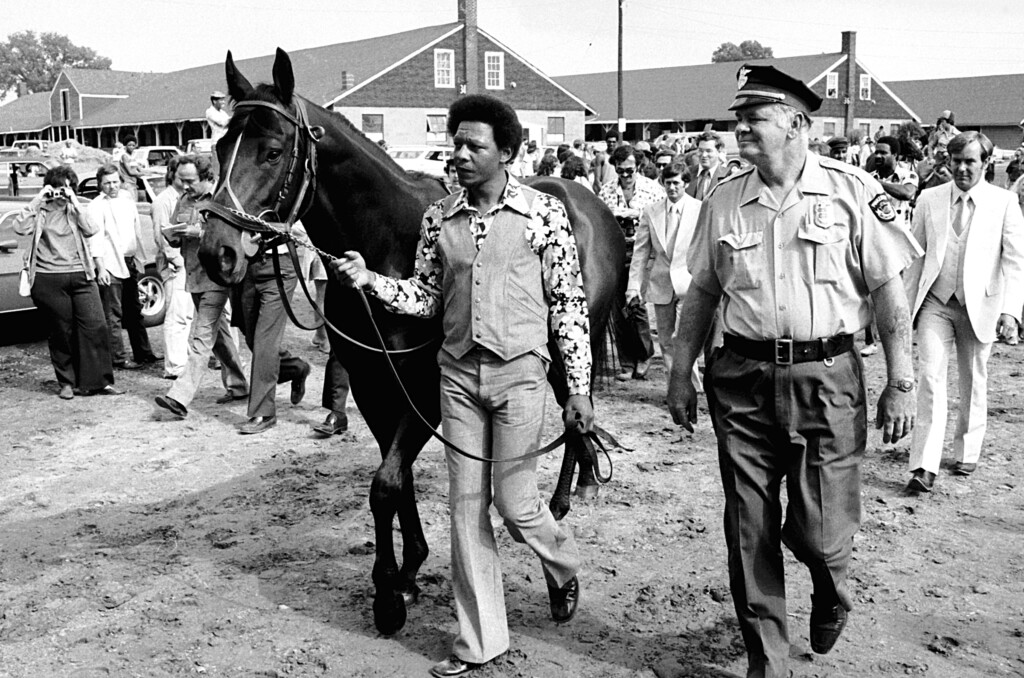
Other memorable Derby photographs for Dry are the long shots. “Mine that Bird and Rich Strike are two horses who won with huge odds. Some people say they had no business being in the Derby, yet they were in it, won the Derby, and changed many people’s lives forever,” said Dry.
The year the track stood still is one Derby that stands alone for Dry. “On the traditional Kentucky Derby Day in 2020, the COVID-19 pandemic forced Churchill Downs to shut down. I went to the track and photographed a locked up, empty Churchill Downs, capturing the surreal emptiness.”
Months later, on September 5, 2020, the rescheduled Derby took place, but it was a vastly different scene. While the race went on, the stands remained devoid of the usual sea of hats and colorful attire. Even in this subdued atmosphere, the spirit of the Derby endured as millions tuned in to watch the event televised from afar. It was an unforgettable year – marked by resilience and adaptation.
Framing the Future
For aspiring photographers looking to join the Winner’s Circle and capture the essence of iconic events like the Kentucky Derby, Dry’s advice is simple – practice. “Photography is no different than playing a sport. The more you practice, the better you’re going to get. If you can’t get credentials to the Derby or big events, go to things that you can get in and photograph. Go to things you enjoy photographing. See if you can assist an established photographer and try to learn it that way, but there is no substitution for practice – shoot, shoot and shoot again.”
Additionally, Dry remarks that you must have passion for what you are photographing. “It’s easy to capture if you’re into it yourself. I’m into the Kentucky Derby on a totally different level, but it’s ‘The Greatest Two Minutes in Sports’ – it has that title for a reason.”
Photo Finish
After 45 years of photographing the same event, Dry says he still looks forward to it. “It’s an unornamented amount of work with long days and hours, but I love Louisville. Although I’m not originally from here, I’m very involved in the community, and I’ve lived here for 46 years. The Kentucky Derby is a great way for Louisville to show off – not only in the nation but to the world, and I’m proud to be a part of making that happen,” expressed Dry.
In addition to experience, photographing the Derby has given Dry incredible exposure. He has won numerous awards for his photographs, and many of his images have been printed in high-level publications.
Much like the horses on Derby Day, with a vision of crossing the finish line first, Dry shares a similar drive for success. “My immediate goal is to photograph four more Derbies to get me to 50 Kentucky Derbies as a photographer.”
To check out Dan Dry’s upcoming 150th Kentucky Derby photographs, follow PriceWeber’s Facebook, Instagram, X and LinkedIn.
Today’s article was penned by Tristin Schifferdecker.


